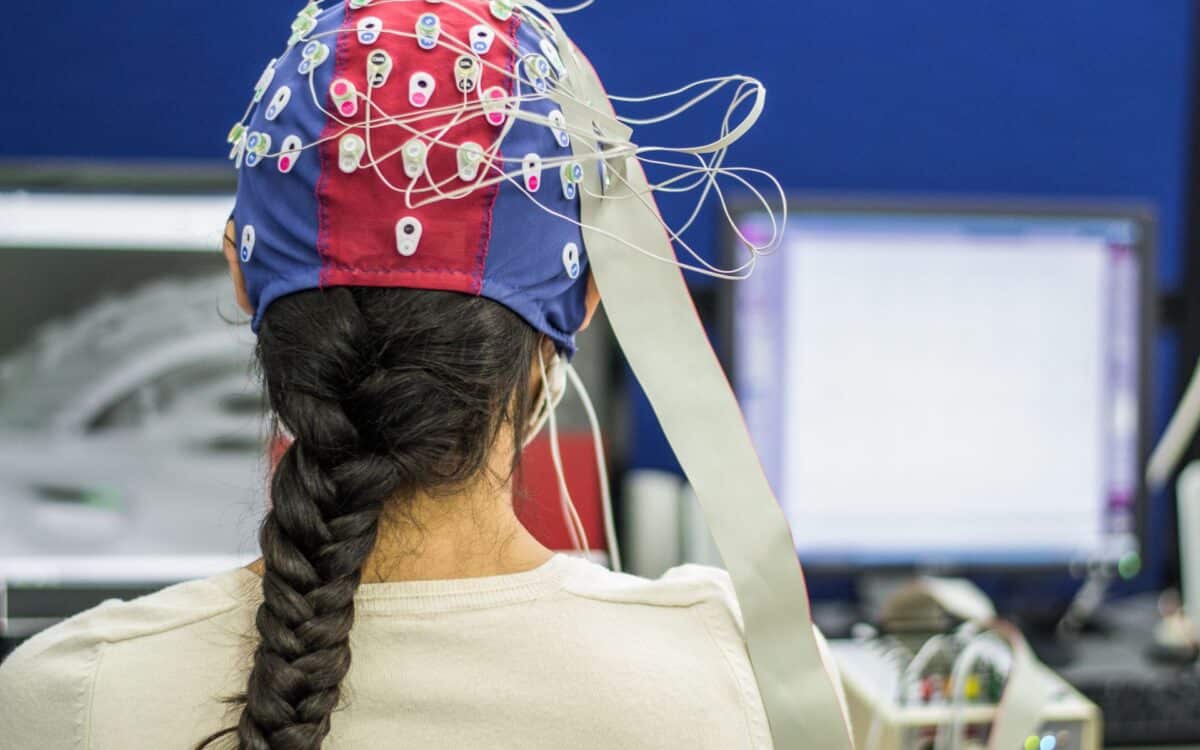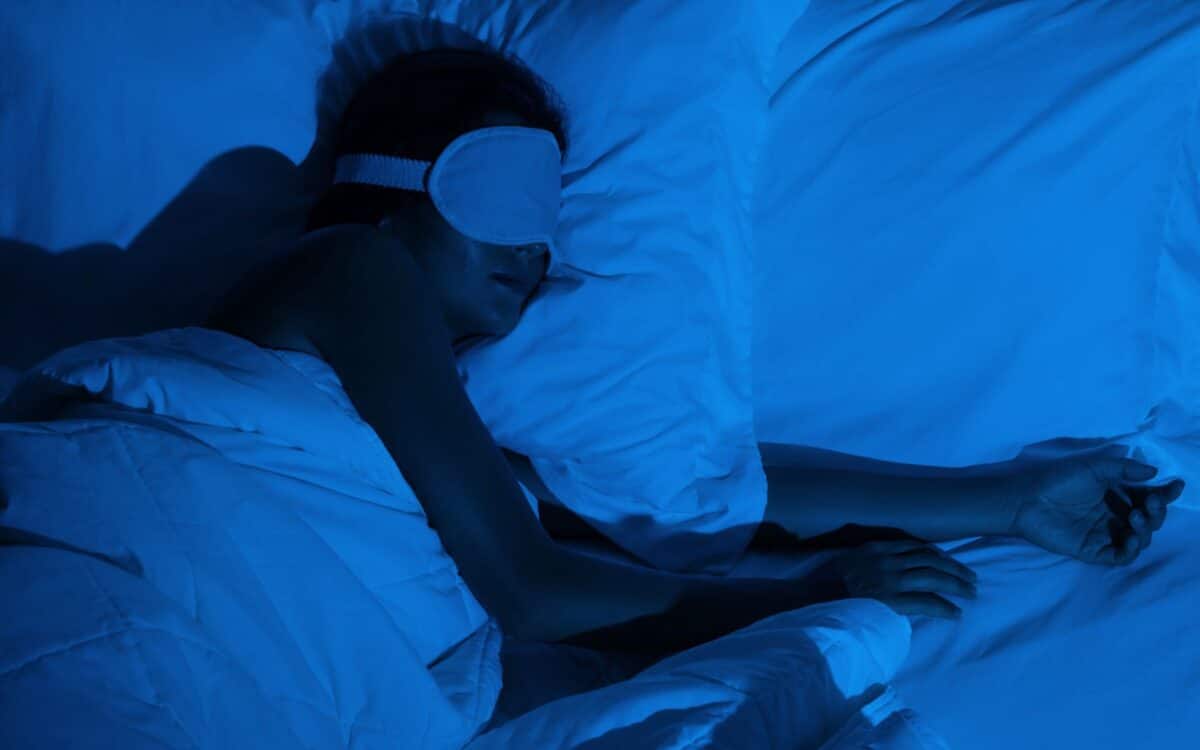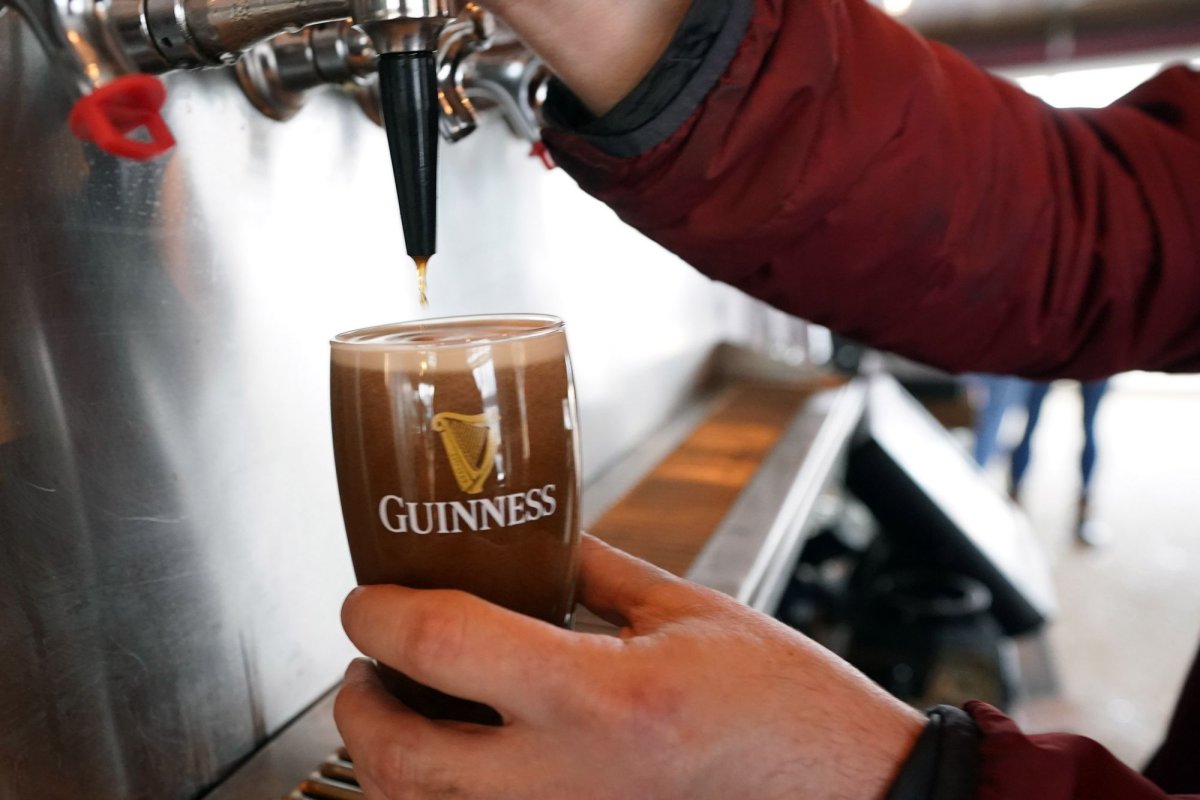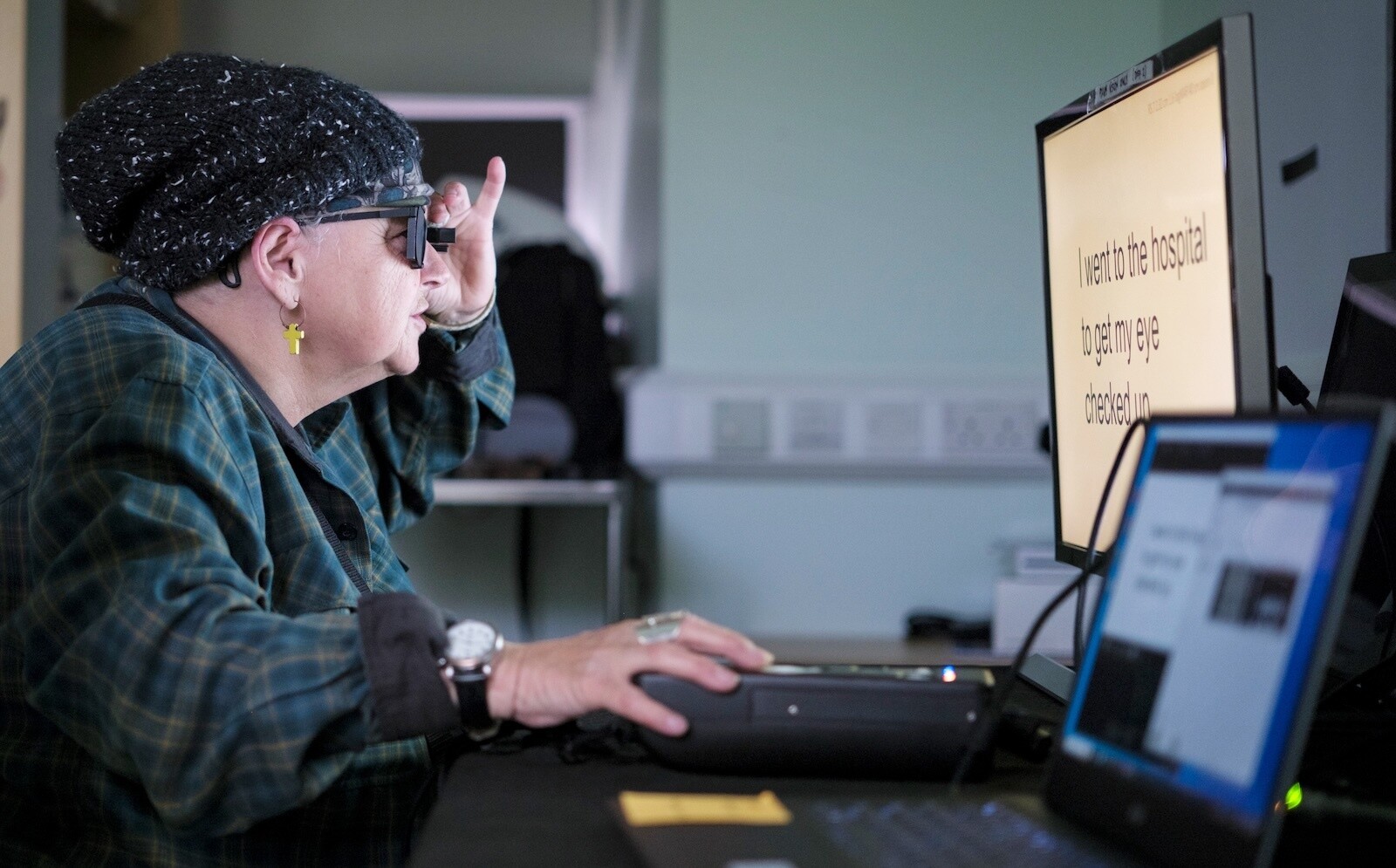Even as we drift into what feels like unconscious rest, our brains might not be entirely asleep. According to the study DREAM: The Dream EEG and Mentation Database, published in Nature Communications, parts of the brain can remain alert during even the deepest stages of sleep — and dreaming may not be limited to REM sleep after all.
This large-scale, international collaboration brings together decades of dream research into one unified, open-access platform. Coordinated by Monash University in Australia, the DREAM project analyzed 2,643 awakenings from 505 volunteers, drawing data from 20 separate studies across 13 countries.
Dreams Beyond REM: Sleep Is Less Silent Than It Seems
For years, REM sleep was viewed as the exclusive domain of dreaming — marked by vivid imagery, muscle paralysis, and rapid eye movements. But the data in DREAM challenge this assumption. Among the 2,643 awakenings, participants reported having dream experiences in about 85% of REM cases, but also in a surprising 40% to 60% of NREM (non-REM) awakenings.

And even during slow-wave sleep — the deepest and most restorative phase — some individuals described emotional thoughts or fragmented sensations. The researchers examined the final 30 seconds of brain activity before each awakening, using EEG and MEG technologies to capture electrical and magnetic patterns in the brain. What they found was surprising: in NREM dreams, brain waves began to show faster, smaller oscillations, mimicking the patterns of quiet wakefulness.
In other words, the brain — or at least part of it — may temporarily enter an “awake-like” state, despite the body remaining deeply asleep. These episodes may reflect brief bursts of conscious processing, supporting the idea that consciousness during sleep is more of a spectrum than a switch.
Artificial Intelligence Learns to Read Dreams
The strength of the DREAM project lies not only in the scale of its data, but in its methodology. Each awakening in the study was classified into one of three categories:
- an experience (a clear dream),
- an experience without recall (often called a white dream),
- or no experience.
This triage system allowed researchers to train artificial intelligence models to predict whether a person had been dreaming based on brain activity alone. Simpler brain-wave features gave moderate accuracy in detecting dreams during deep NREM sleep, while more complex models improved accuracy during REM.


As reported by Discover Magazine, this is one of the first large-scale efforts to develop non-invasive dream detection tools. With further refinement, such technology could be used to monitor consciousness during sleep — or even serve as an early marker for cognitive disorders.
In fact, other research referenced in the article suggests that difficulty reaching REM sleep may signal an early warning sign for Alzheimer’s disease, hinting at a broader medical relevance for sleep-stage mapping and dream monitoring.
As co-author Giulio Bernardi noted in a press release,
The work presented in the article, coordinated by Monash University (Australia), resulted from the efforts of 53 authors from 37 institutions across 13 countries, and represents a decisive step in the scientific exploration of human consciousness by bringing together and making decades of dream research available in one place.
First Appeared on
Source link












